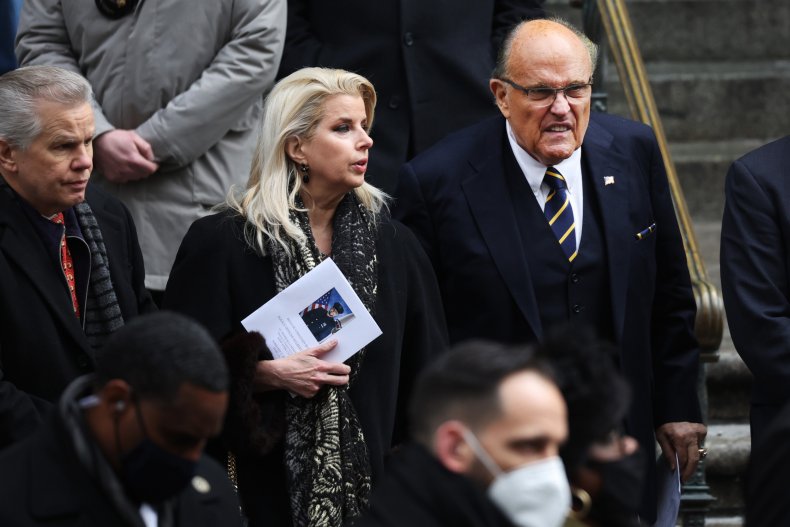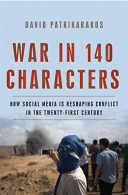The film of the Kobanê resistance will be ready in 6 months.

GÜNAY AKSOY
KOBANÊ
Sunday, 20 Feb 2022
Özlem Yaşar is the screenwriter and director of the film about the Kobanê resistance which will be ready in 6 months. She said that they shot the film thanks to the solidarity of the people of Kobanê and from abroad. "The main theme of the movie is the victory of Kurdish women fighters against darkness."
Medya Doz and Özlem Yaşar co-wrote the script of the movie Kobanê, produced by the Rojava Film Commune. Doz and Yaşar interviewed hundreds of witnesses and fighters to write the script and took the real heroes as the basis. The film was shot in the city of Kobanê, where the resistance took place, in Tabqa and other places where the resistance took place.
Özlem Yaşar, who is also the director of the movie, told ANF about the preparation, shooting and post-production process of the Kobanê film.
She said that the cultural and historical heritage and the great values created by the resistance definitely deserved to be made more visible also through art, and added that they also try to reflect the emerging values through cinema.
Yaşar said: “When we look at the last 40 years of Kurdish women, we see a struggle for self-existence. Women try to overcome the established gender roles. There is a great resistance against the masculine mentality that permeates society down to its smallest cell. An alternative life is being built against the masculine system. And this requires a long-term struggle. Kurdish women in the spotlight have a historical past of struggle. We have handled this reality in the film. We are not outside of this women's struggle; we are a part of it. As women, we are individuals who are affected by all these processes and become a part of the struggle within it. Fighting female characters are the focus of our film.”
This film is a first
Yaşar said that the long struggle for freedom in Kurdistan is fed by the gains and the price paid.
She added that the traces of the Kobanê war are still alive. “The war and resistance in Kobanê cost the whole world. Kobanê moved to the international arena. The history of Kurdistan is the history of resistance. There is enormous resistance in the four parts [of Kurdistan]. Kobanê is such a process for us. Not many years have passed since the Kobanê war. It is a subject that concerns our recent history. The traces of war and resistance are still very vivid. It was a process that we followed very closely. Our friends participated in this war and fell as martyrs. A great price was paid. A tremendous resistance ensued. All these elements actually developed the determination and idea of turning that process into a film. It will certainly be the subject of novels. Maybe it will try to find its counterpart in many more movies. Our movie is one of the first. Definitely more are to come. We set out by thinking about how we can transfer this to the cinema.”
We interviewed hundreds of witnesses
Yaşar said: “Kobanê was the people's hope for freedom. People have jumped into this hope of freedom. The hearts of millions who followed this resistance on a daily basis beat in Kobanê. The reflection of this resistance was great. For this reason, the movie Kobanê is not a chronological movie. Reality and fiction are intertwined in the film. We interviewed hundreds of witnesses before starting to shoot. We talked to the witnesses of the war, the fighters and the people, and we listened to hundreds of people who personally experienced the war at that time. We registered all this. While writing the script of the movie, we stayed true to the real stories. We portrayed martyr Gelhat, who can be called one of the indispensable war characters of that process. We portrayed Martyr Zehra (YPJ commander) and we have many more characters. In particular, Gelhat, Zehra, Abu Leyla and Masiro are our leading characters. Especially the relationship between female fighters, the comradeship is some of the impressive shots.”
We learned a lot from the places
Yaşar said that they shot the movie in Kobanê and added: “We did not spoil any of the textures of the place where the story evolves. We did not put up a set for the movie. This was important to us. But there was a drastically changed texture. There was neither pre-war Kobanê nor post-war Kobanê. A very partial region bears traces of that process. We especially tried to evaluate the places where the story takes place. Those places taught us a lot.”
The people of Kobanê supported us
Yaşar continued: “We couldn't have made this movie without the people of Kobanê. When they learned that in their own city a war movie would be shot, no one stayed away. The supporting actors, the people who have been there and fought, and many people who have worked for this film took part in the film. In fact, we got our biggest support from the people. There is no professional actor in the movie. They are all amateur players. Two of our main characters had experience in films before. But all the players except two came to the set for the first time. They tried to find out what was wanted from a character. They tried to adapt to it. It was a fruitful process. It was pretty tough for people who had never been on a movie set before. It was also difficult for us. They were motivated by their hard work. It was the spirit and effort they put into the set that made the film.”
Children preserve memory
Yaşar said that children also contributed to the filming process and added: “Children in Kobanê have guided us. Children were telling us which fighter fought in which place, how he resisted and where he died. Children keep their war memories alive. The efforts of the children to help with the film were unforgettable."
When the film was made, Turkey was attacking
Yaşar said that they shot the film under Turkey's attacks, and added: “Rojava is constantly threatened by Turkey. Unfortunately, these attacks never stopped. Civil areas and places were constantly hit. We shot the movie under these conditions. While we were making preparations to start shooting, the occupation of Serêkaniyê took place. We had to postpone the shooting of the movie because of the war. We had to disband the teams created to shoot the movie. We started preparations again a year ago. At that time, there were serious invasion threats against Kobanê. There were attacks on the places where we were shot. A place we built was hit a week later. The bombed places in the area near the border were fired upon by Turkey while we were filming. Those same places where the scars of the war are still alive. In addition to war and threats, the coronavirus epidemic started. All these obstacles were overcome and the filming process was completed. It took us 7 months to shoot the film because of all these problems.”
The fate of the film is like that of the resistance
The fate of the movie is similar to the resistance, said Yaşar, adding: “The fate of our movie was not so different from the fate of the Kobanê resistance. Just as Arabs, Turkmens, Kurds, Turks and internationals came and participated in the Kobanê war, filmmakers from many nations came and participated in the shooting of our film. Filmmakers from Kurdistan, international filmmakers, Arabs and Turkmen contributed to our film. There was a strong solidarity for the Kobanê movie. Everyone wanted to give something of themselves to the film. Everyone worked for the successful shooting of the film, which was completed thanks to the determination of solidarity.”
Darkness ended
Yaşar said that ISIS not only occupied a large territory, but also attacked the people's hope that 'another world is possible'. She added that the women's liberation struggle put an end to this darkness and said: “It was an attack on the system created here, on the women's system. It was an attack on women's liberation gains and history created here. What drew people to resistance here was the hope and belief that another world was possible. ISIS attacked this hope the most. The YPJ (Women’s Defense Units) resistance was attacked. It was an attack on the people's belief in self-government. In the movie, commander Zehra's killing of the ISIS amir was a symbol of the struggle and resistance against the dark mentality of ISIS. We wanted to show the women commanders who led the war in Kobanê through commander Zehra.”
A contribution to the Kurdish cinema tradition
Yaşar said that she has learned and she has been inspired by the cinema of Yılmaz Güney and Halil Dağ. “With our work we want to continue the cinema tradition of Yılmaz Güney and Halil Dağ. With our film, we aim to take this tradition to another level. If we can achieve this, we will be happy.”
Our debt to Mazdek Ararat
Özlem Yaşar commemorated filmmaker Mazdek Ararat, who contributed greatly to the scriptwriting and shooting process of the Kobanê movie and who died in a traffic accident during the film preparations in Kobanê in 2020. “Our friend Mazdek worked a lot for this movie. With his belief and determination, we shot the film and finalized it. We owe it to him.”
Who is Özlem Yaşar
She was born in Sason district of Batman in 1981. She completed her primary and secondary education there. Her interest in art began in high school. She took part in theater groups. She wrote and directed scripts for theater plays. She closely followed Kurdish music, literature, theater and cinema. She has always lived intertwined with art. She wrote poems, stories and screenplays. She acted in the movie "Dema Jin Hezbike" directed by Halil Dağ, one of the leading directors in the mountains of Kurdistan. She wrote and directed a short film script. She also directed the movie Berfîn, shot by Sine Çiya in 2017.



















